
Shortly after establishing his communist revolution in 1959, Fidel Castro declared Cuba an “atheist” state and all but shut down the Roman Catholic church on the island. But ever since the Soviet Union collapsed, and the Cuban economy with it, Fidel and his younger brother Raúl, who has taken over as President, have looked to the church and its charitable missions for help. Pope John Paul II’s historic visit in 1998 helped resurrect the Cuban church – and today its bishops have emerged as political as well as spiritual players, brokering the release of political prisoners and broadening the island’s fledgling private sector. The church now is nothing less than the first and only alternative institution to the Cuban Revolution.
But Pope Benedict XVI’s visit to Cuba this week is a reminder that the Cuban church is not without its critics on both sides of the communist divide. Castro foes accuse it of being too timid about confronting the government’s repression of human rights, democracy and free speech and scold it for not using its new influence to hasten a Havana Spring. Meanwhile, Castro police and militants, fearing the church is actually doing too much to encourage regime change, are increasingly jailing and harassing Catholic dissidents like the Damas de Blanco (Ladies in White).
Church leaders insist they’re planting the seeds of Cuba’s long-term democratization. Either way, as Tomás Munita’s somber but arresting photos point out to us, both the island’s secular and religious worlds are still in a state of disrepair. The church is in a rare position to renovate them – and it’s under pressure now to move a lot faster than those vintage cars in Munita’s shots.
Tomas Munita is a freelance photographer based in Santiago, Chile. See more of his work here.
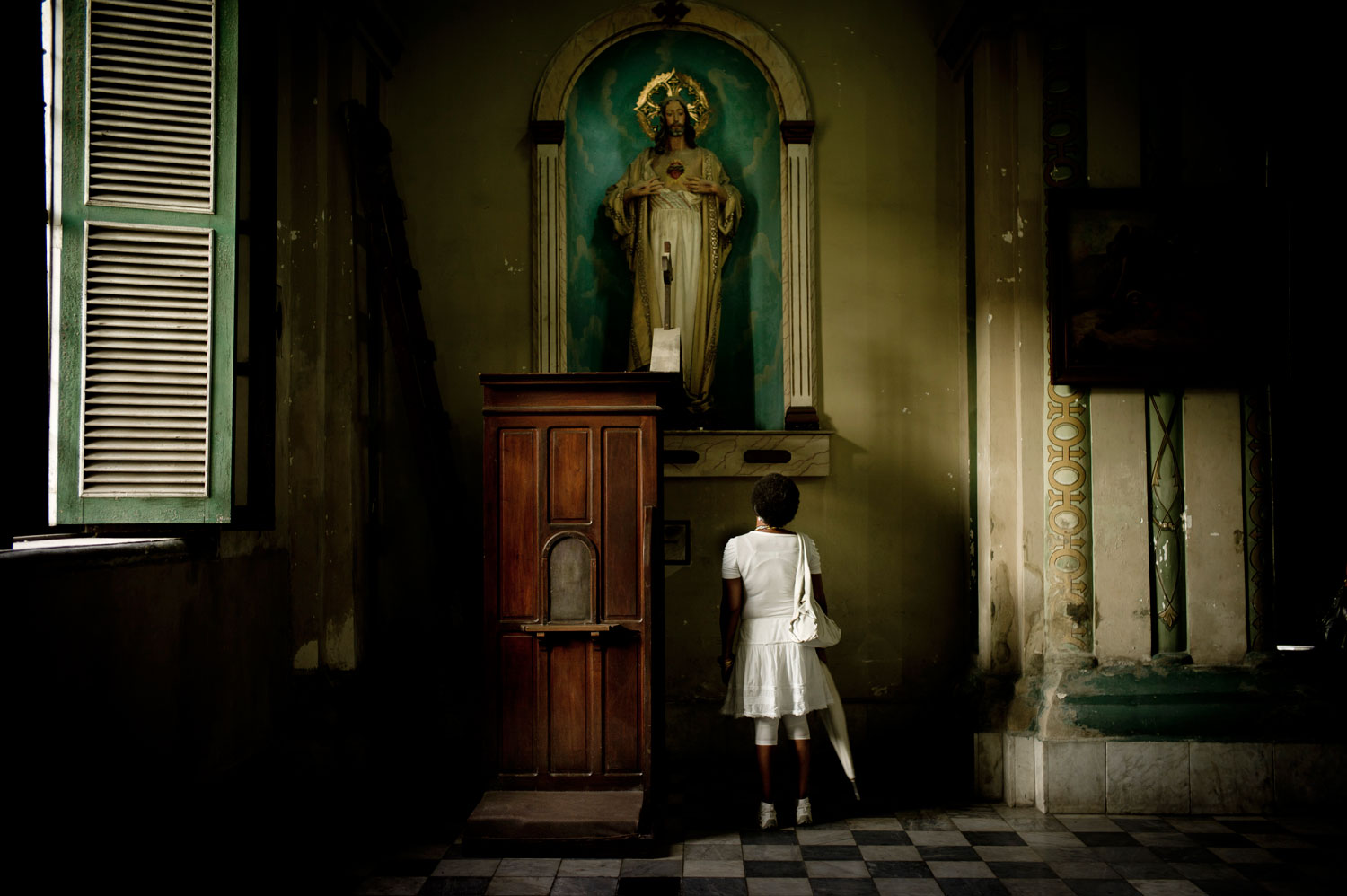
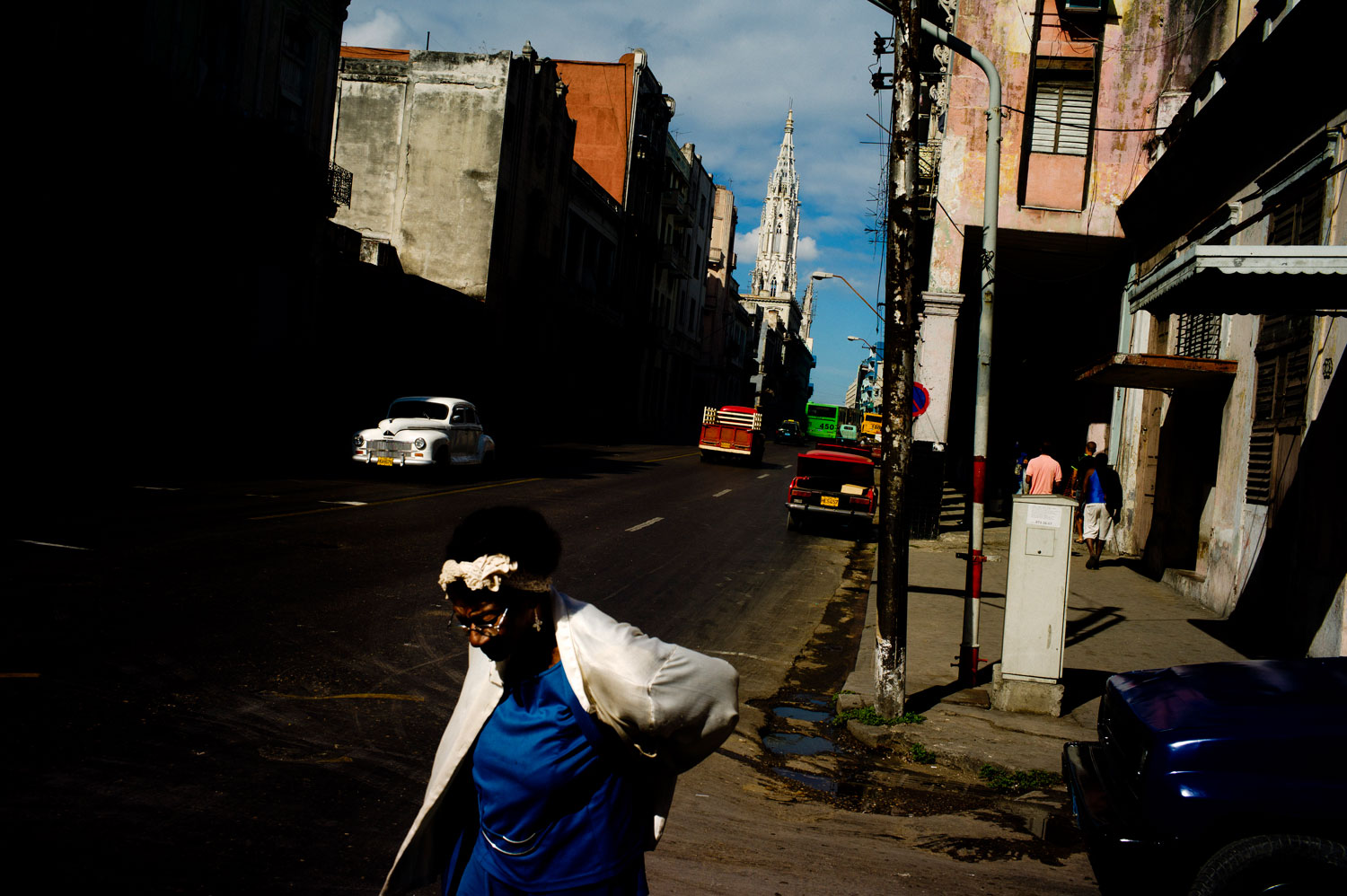
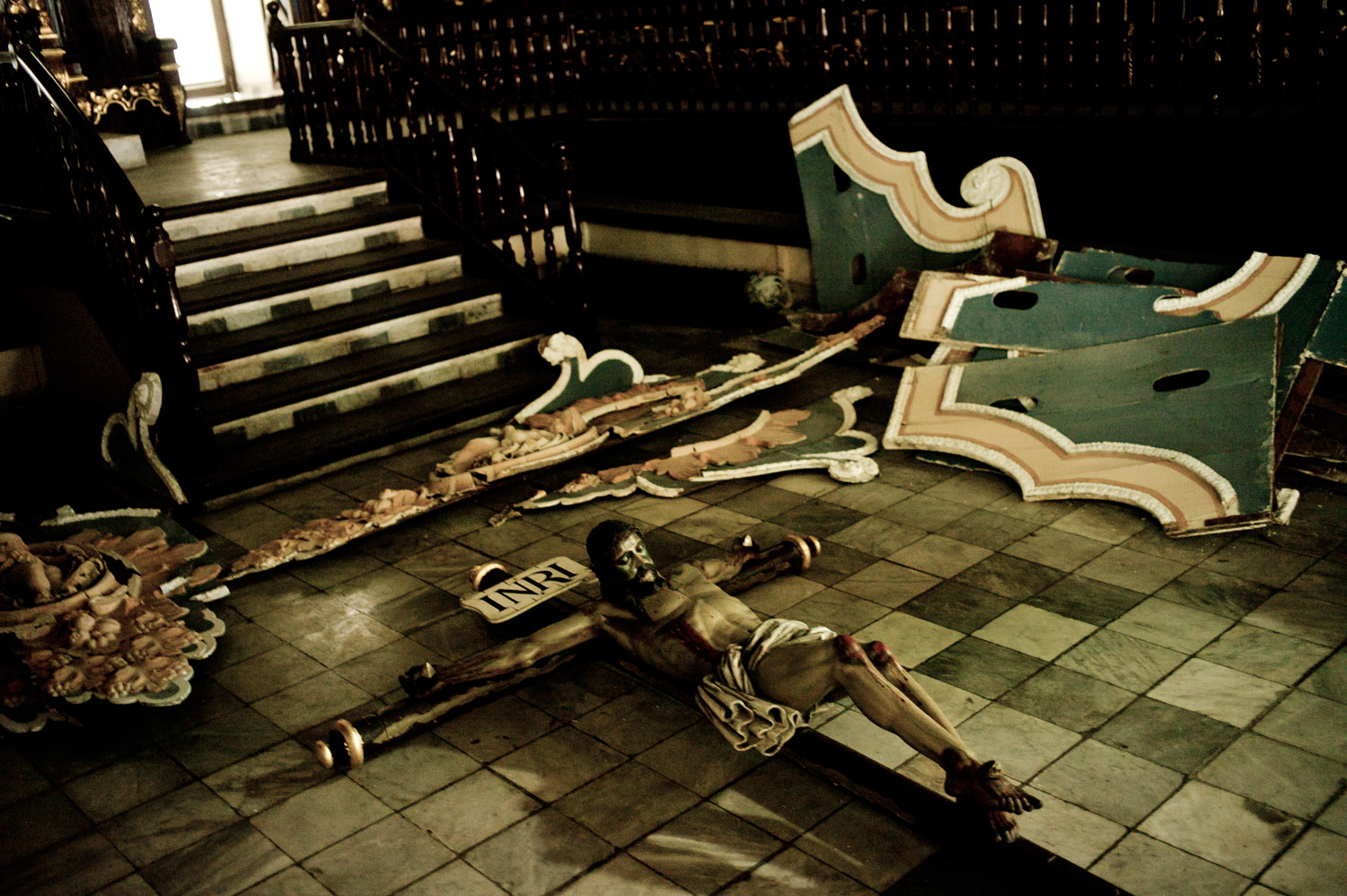


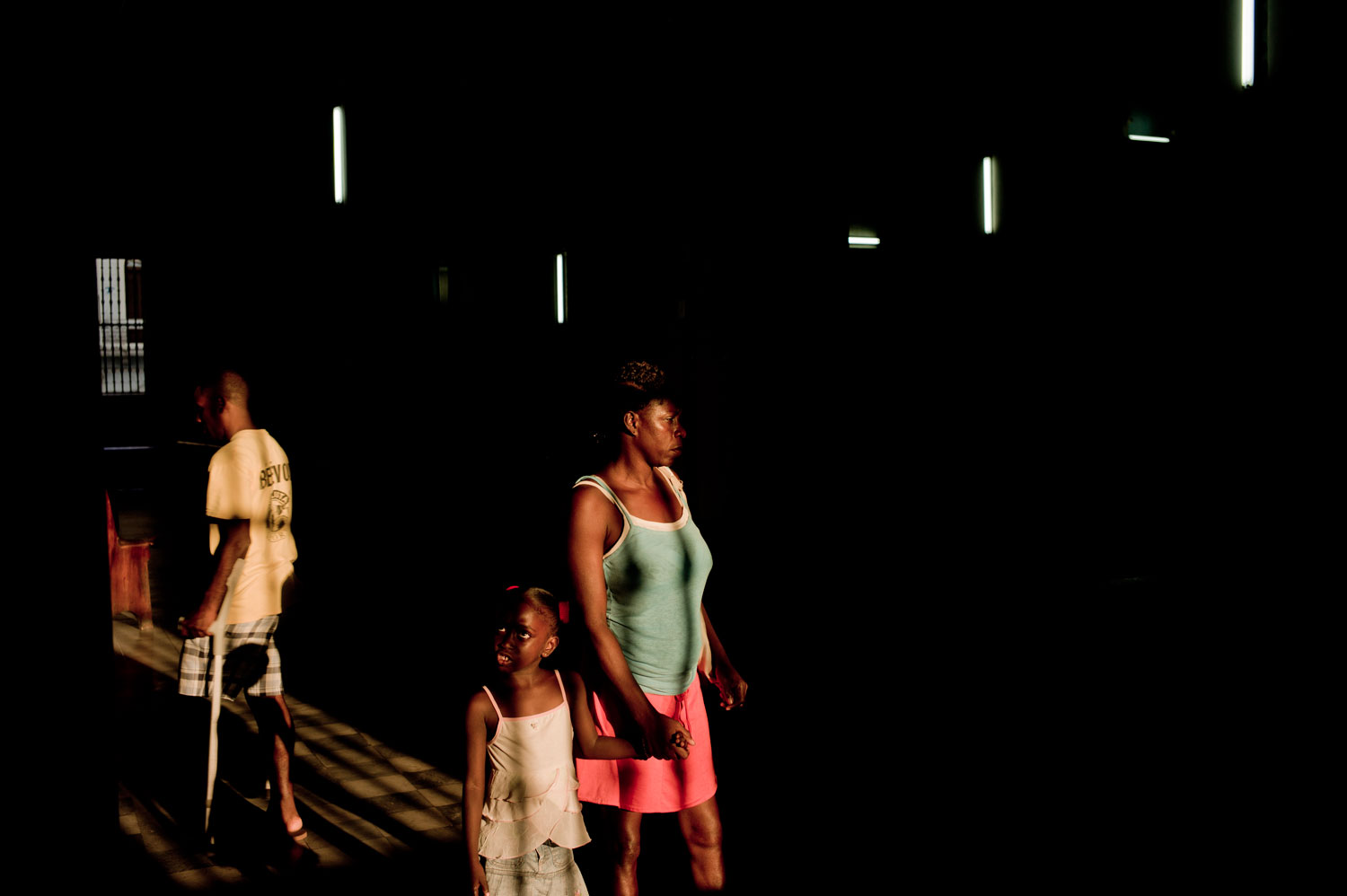
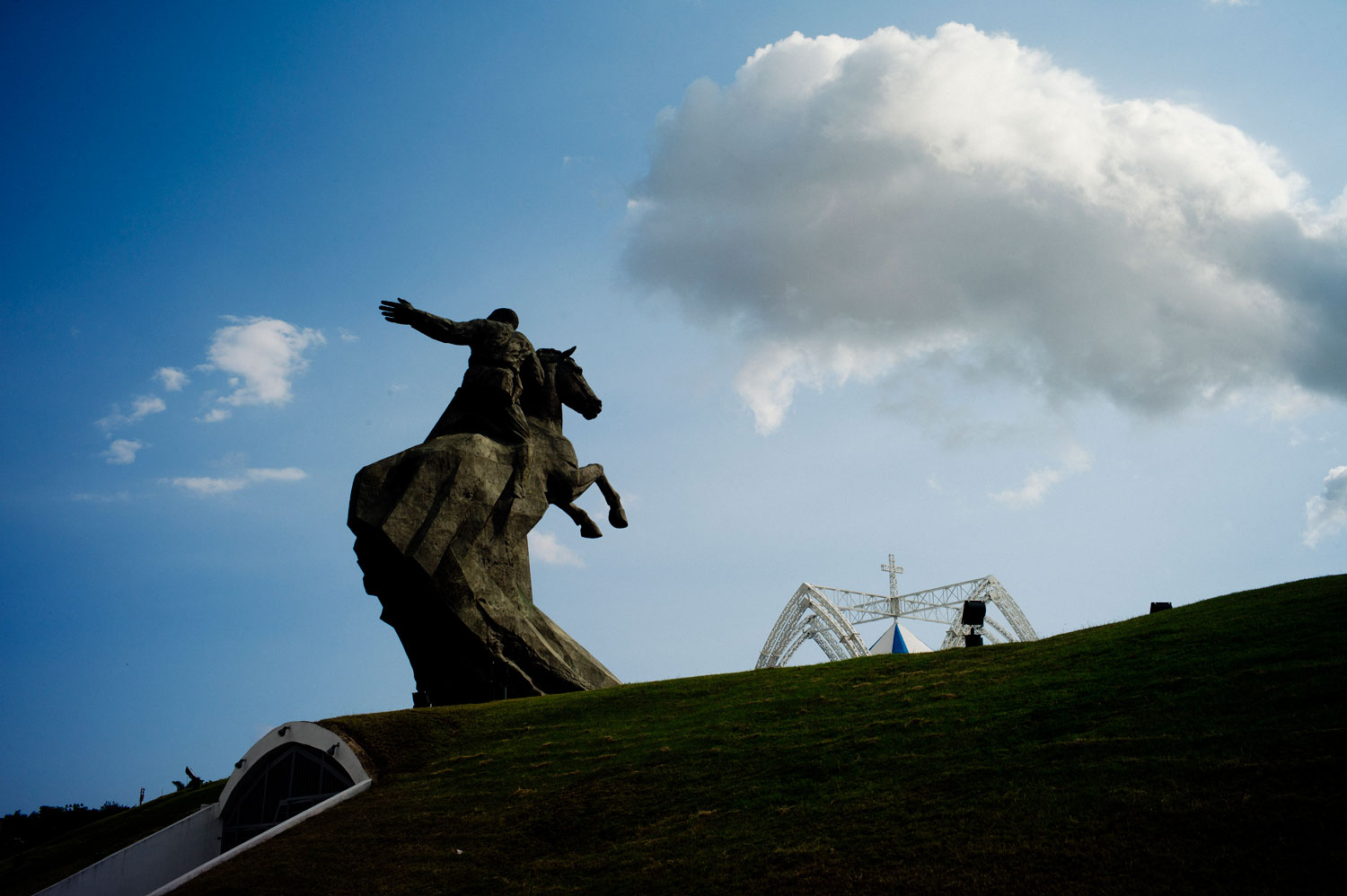
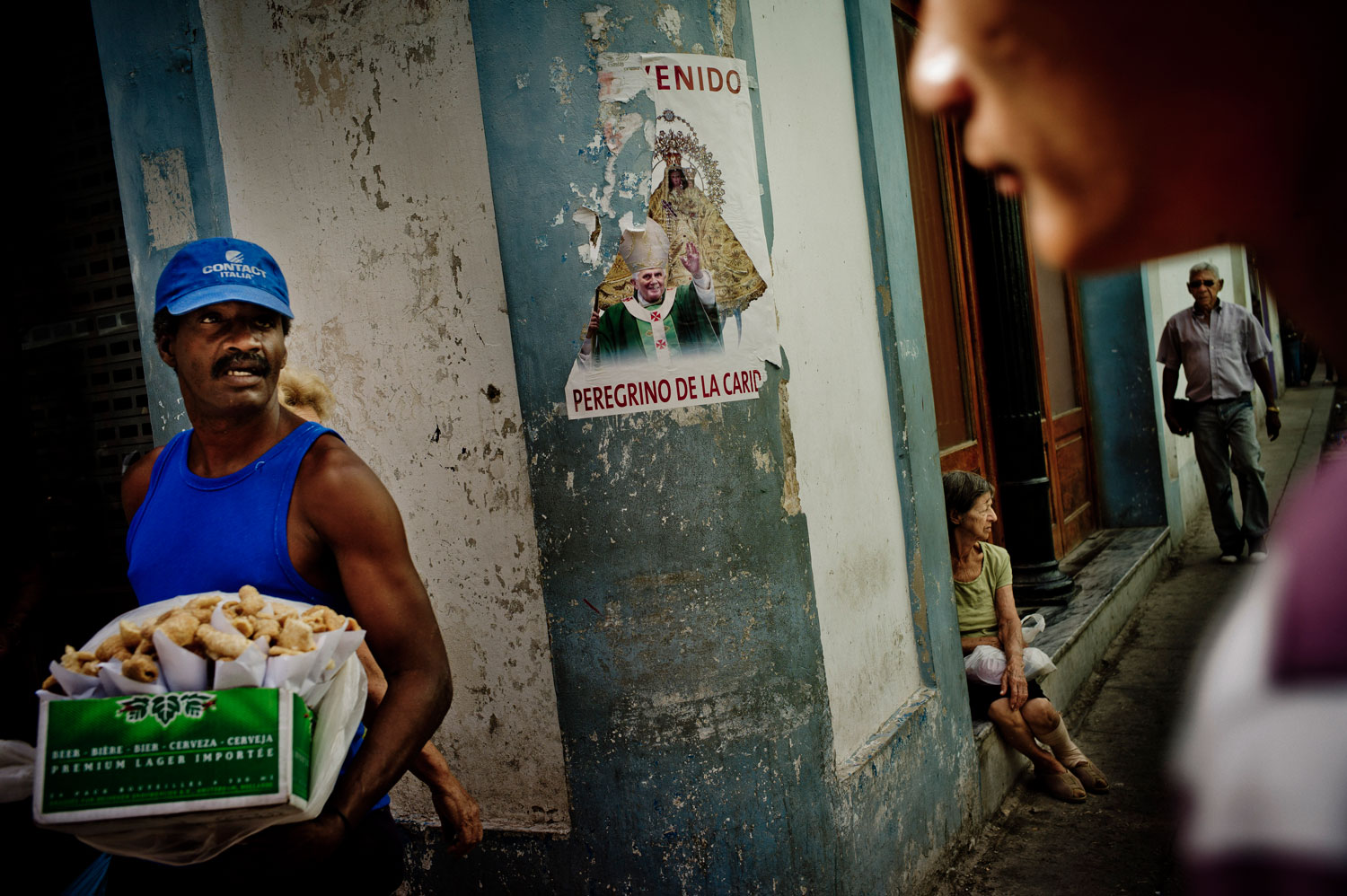

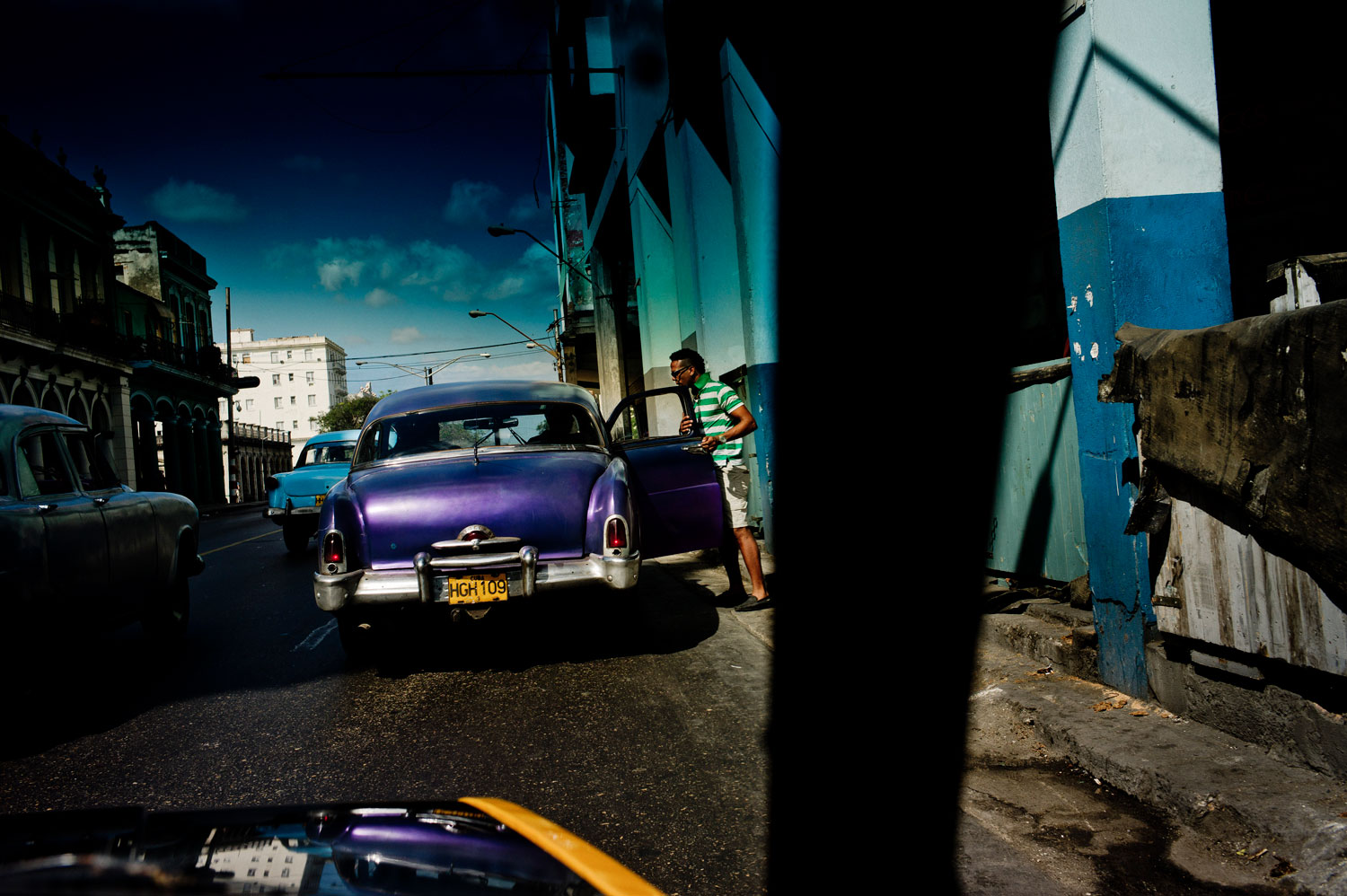


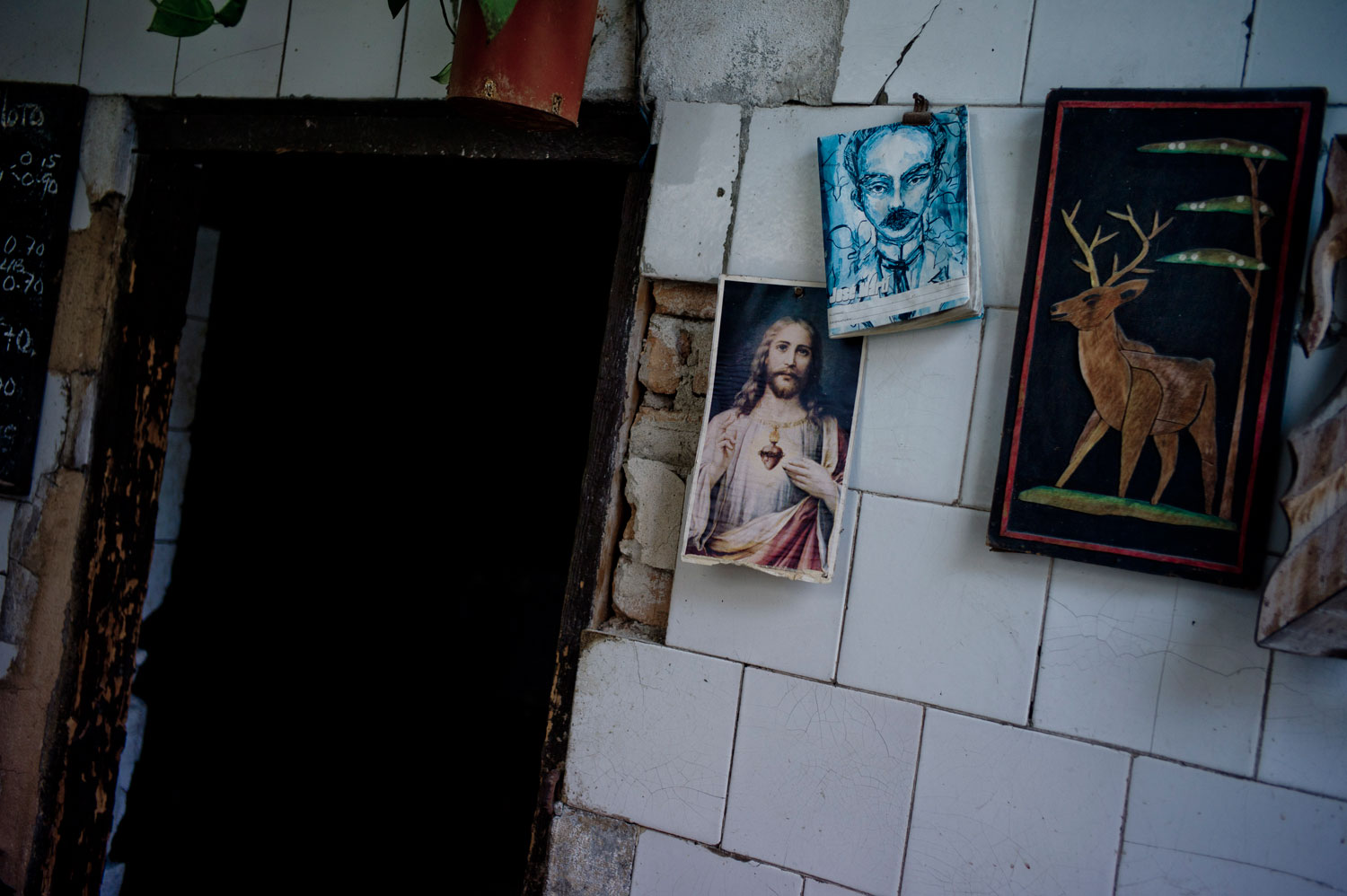
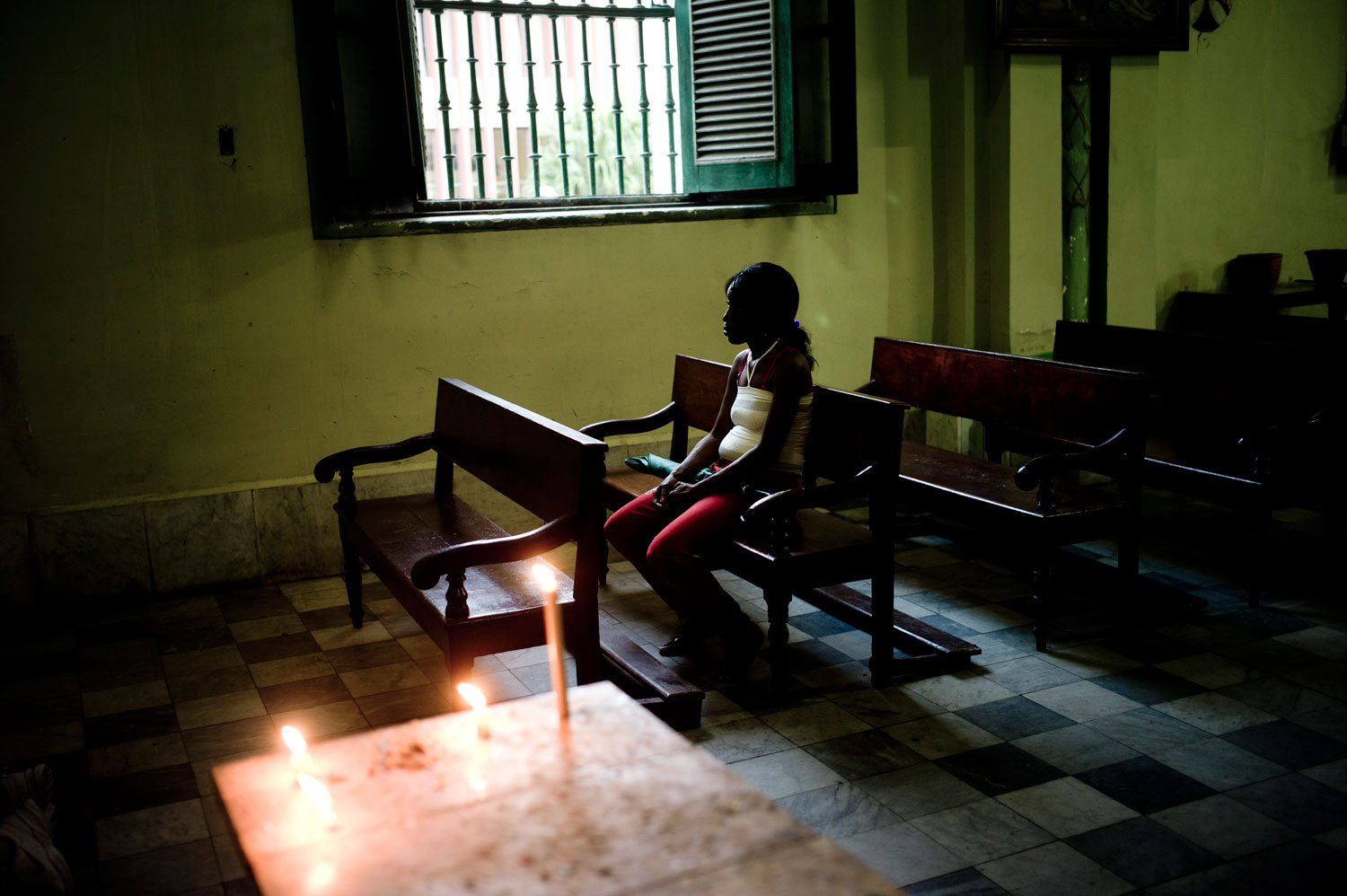
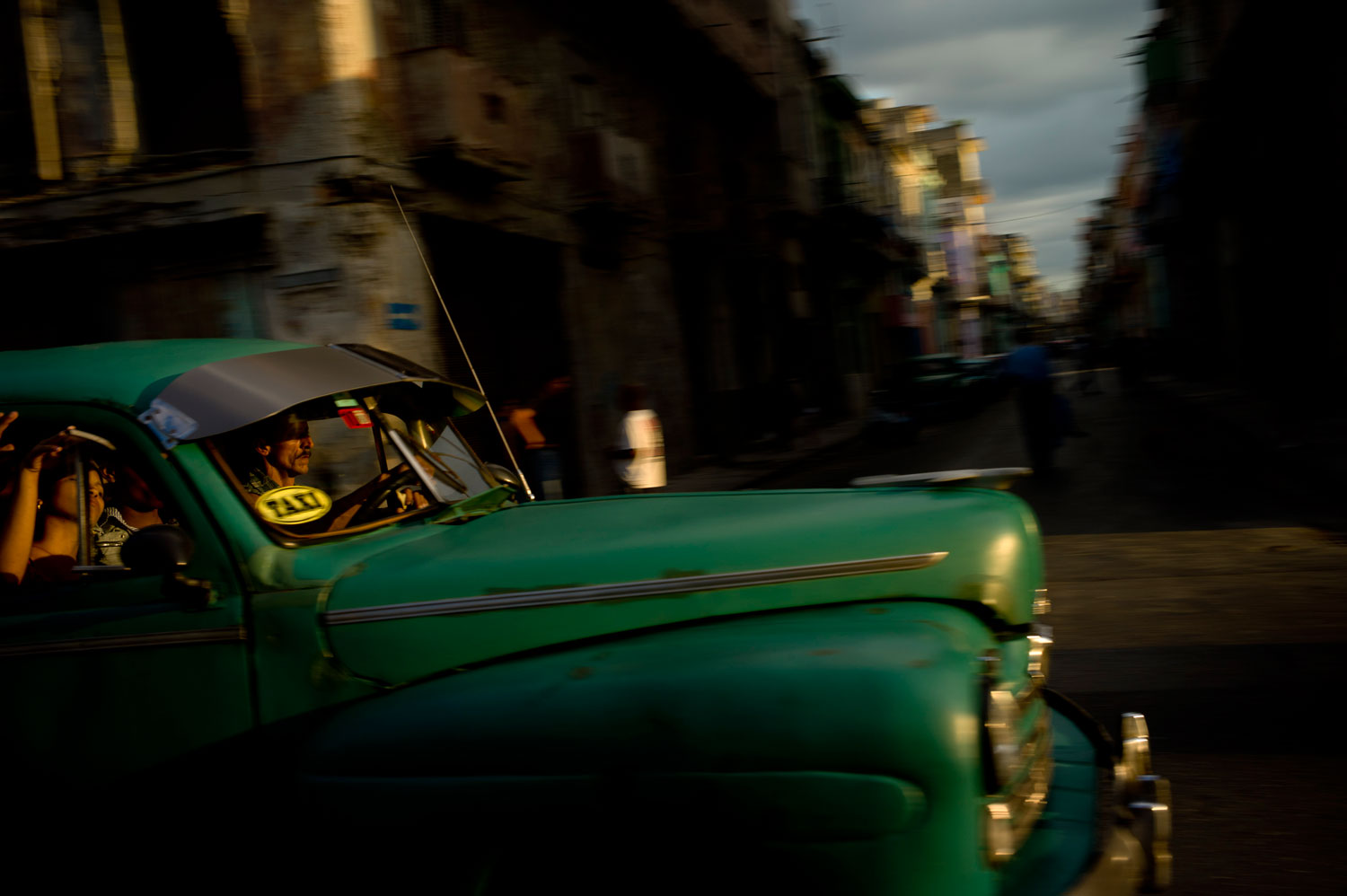
More Must-Reads from TIME
- Why Trump’s Message Worked on Latino Men
- What Trump’s Win Could Mean for Housing
- The 100 Must-Read Books of 2024
- Sleep Doctors Share the 1 Tip That’s Changed Their Lives
- Column: Let’s Bring Back Romance
- What It’s Like to Have Long COVID As a Kid
- FX’s Say Nothing Is the Must-Watch Political Thriller of 2024
- Merle Bombardieri Is Helping People Make the Baby Decision
Contact us at letters@time.com